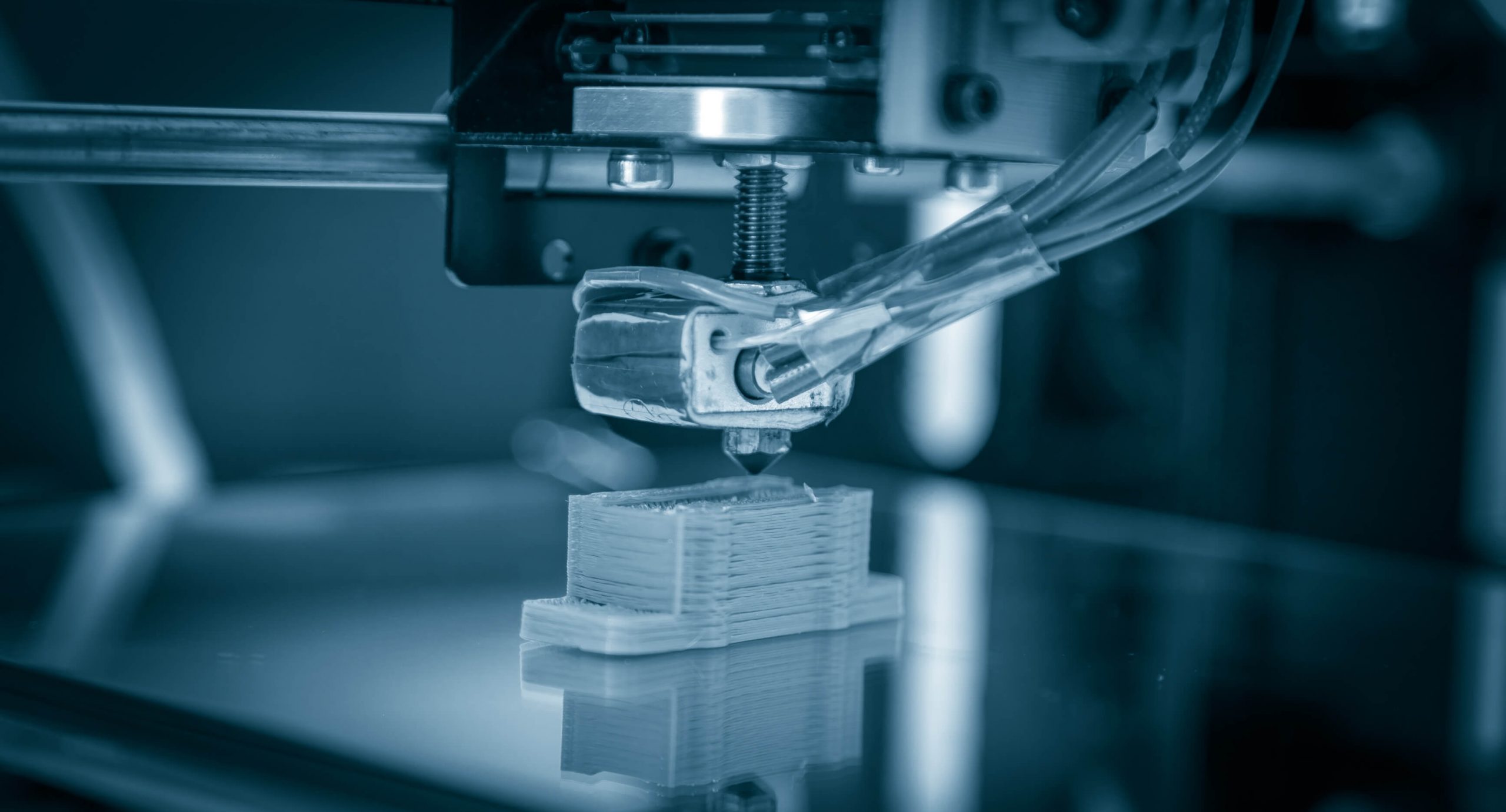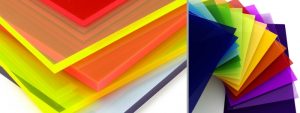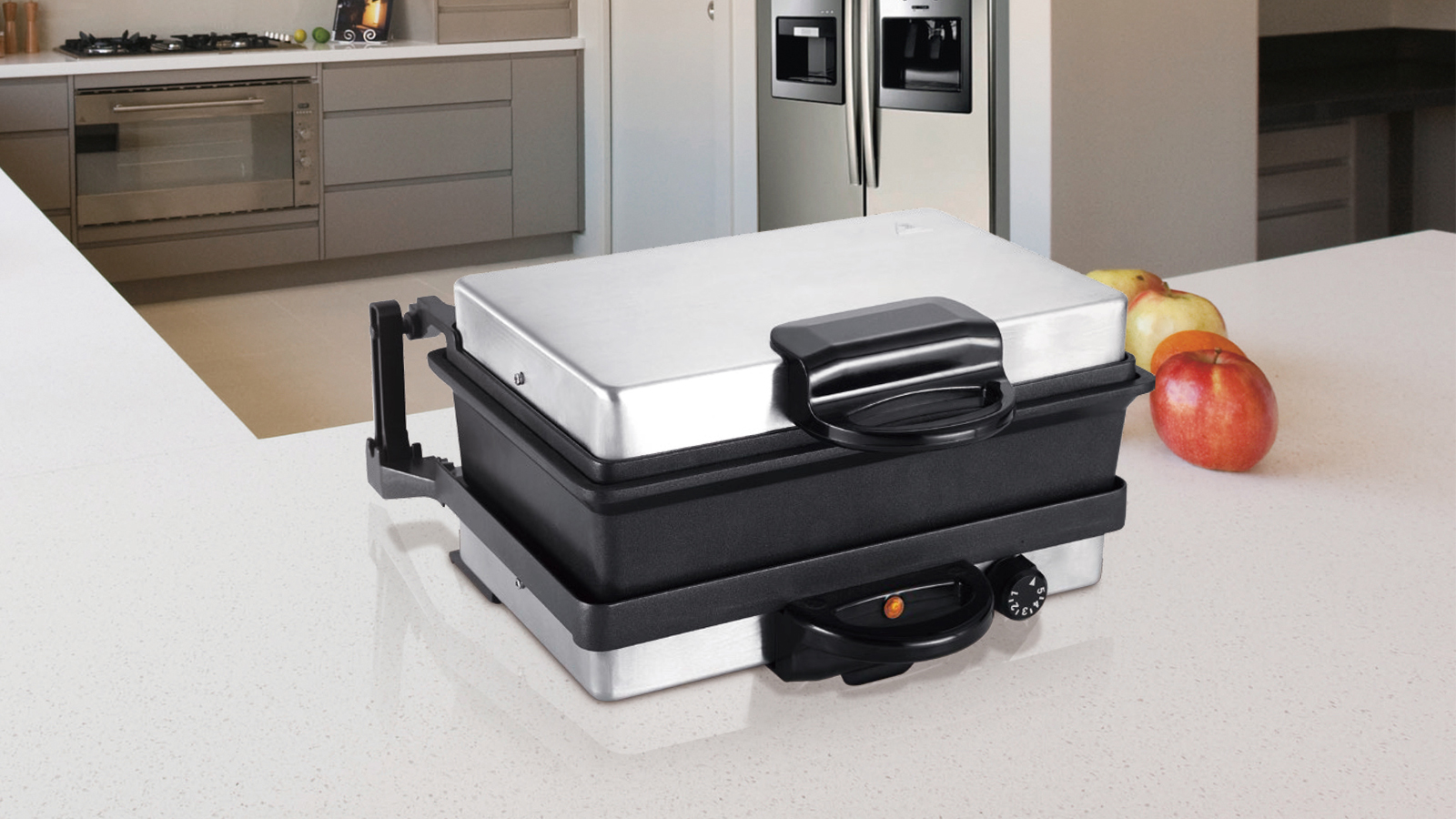
The world of 3D printing has revolutionized the manufacturing industry, offering endless possibilities in creating complex and intricate designs. However, like any other technology, it comes with its own set of challenges. One such challenge that often goes unnoticed is the effect of moisture on 3D prints. So, what happens if a 3D print gets wet? Let's dive into the details.
The impact of moisture on 3D prints depends on several factors, including the type of filament used, the degree of exposure to water, and the duration of exposure.
PLA (Polylactic Acid), ABS (Acrylonitrile Butadiene Styrene), and Nylon are the most commonly used materials in 3D printing. Among these, Nylon is highly hygroscopic, meaning it absorbs water from the environment. When Nylon filament absorbs water, it can lead to a phenomenon known as hydrolysis during the printing process. Hydrolysis breaks down the polymer chains, resulting in a weaker print with a rough, bubbly surface.
PLA and ABS are less hygroscopic than Nylon, but they are not entirely immune to moisture. Prolonged exposure to water can cause these filaments to swell and become brittle, leading to print failures.
Moisture can also affect the 3D printing process itself. When a wet filament is heated during printing, the water trapped inside turns to steam, creating small bubbles. These bubbles can cause extrusion issues, leading to inconsistent layering and poor surface quality.
Moreover, moisture can lead to oxidation of metal components in the 3D printer, shortening its lifespan.
So, how can you prevent your 3D prints from getting wet? Here are a few tips:
- Store your filaments in a dry, cool place. Consider using vacuum-sealed bags or containers with desiccants to keep moisture at bay.
- If your filament has already absorbed moisture, you can dry it using a filament dryer or a conventional oven. However, be cautious about the temperature settings to avoid melting the filament.
- Regularly maintain your 3D printer and protect it from exposure to water or high humidity environments.
In conclusion, while water might seem harmless, it can significantly impact the quality of your 3D prints and the longevity of your 3D printer. By understanding the effects of moisture and taking preventive measures, you can ensure the durability and quality of your 3D prints.
The world of 3D printing is constantly evolving, and understanding these nuances can help you navigate it more effectively. Remember, knowledge is power, and in this case, it's the power to create high-quality, durable 3D prints.


